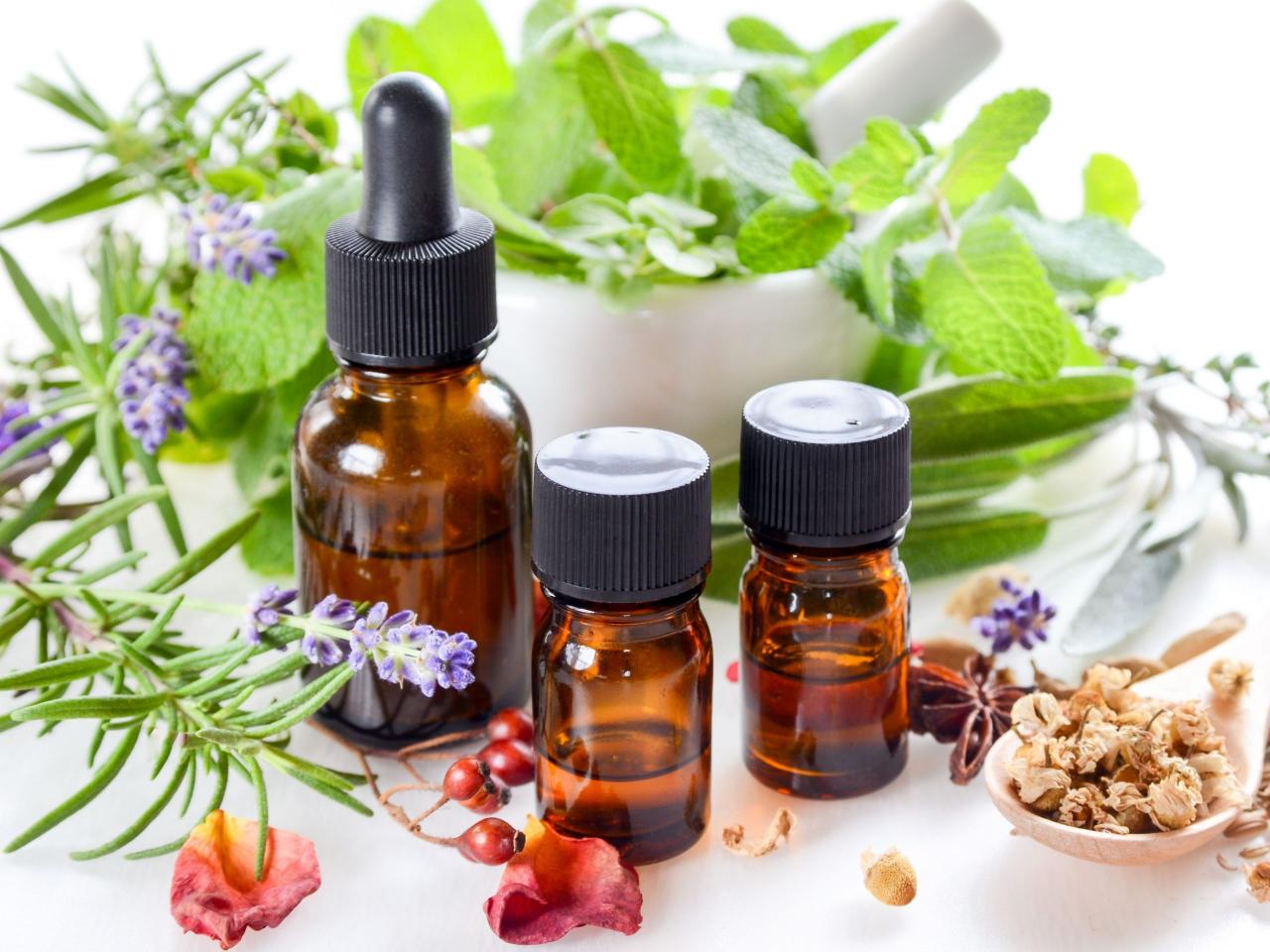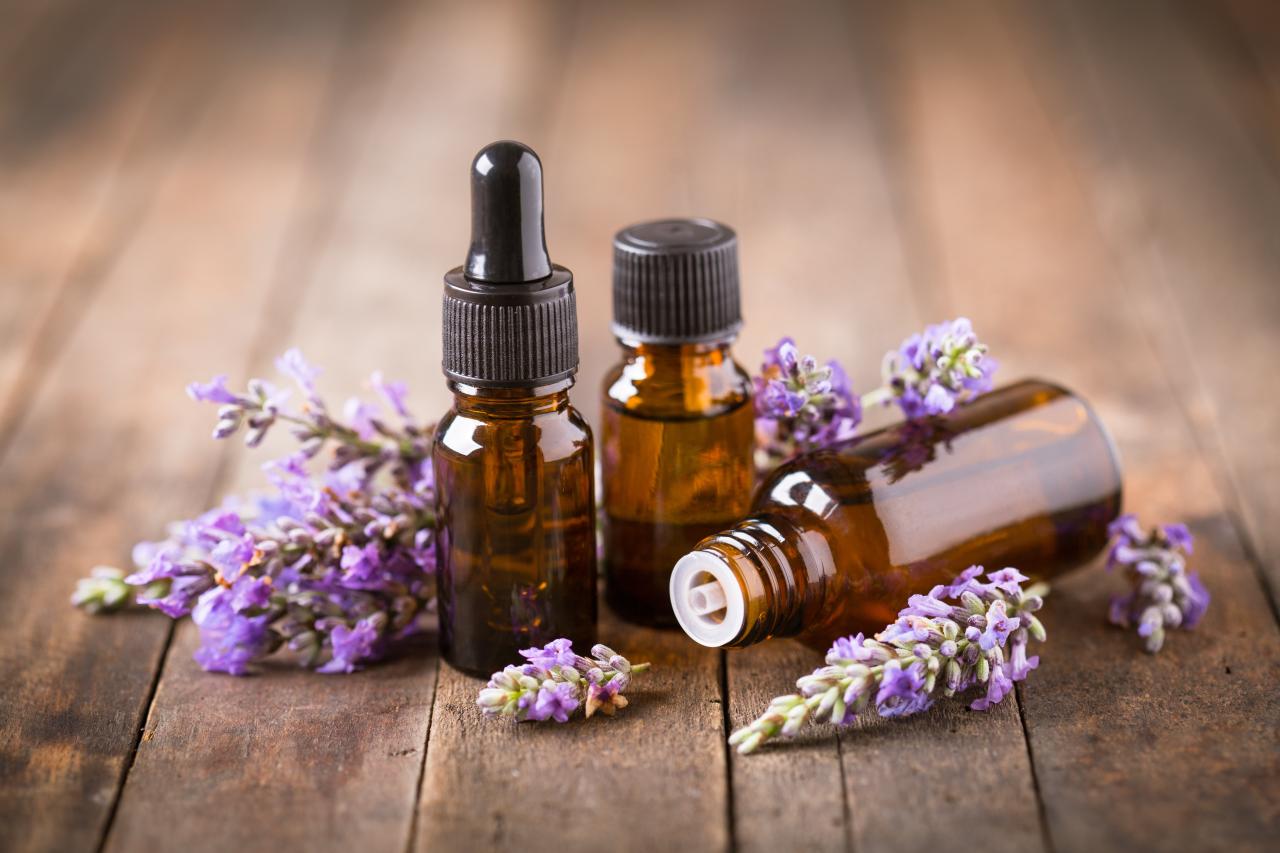Step into the enchanting world of aromatherapy essential oils, where nature’s essence converges to nurture your well-being. These aromatic treasures, distilled from the heart of plants, hold the power to transform your mind, body, and spirit.
In this comprehensive guide, we embark on a journey to unravel the secrets of essential oils. From their origins and therapeutic properties to their myriad applications and safety considerations, we explore the fascinating realm of aromatherapy.
Essential Oils and Their Origins
Essential oils are natural, volatile compounds extracted from plants. They are highly concentrated and possess the characteristic fragrance of their source plant.
Essential oils are found in various plant structures, including flowers, leaves, stems, roots, and fruits. They play a crucial role in plant physiology, serving as attractants for pollinators, protecting against pests and diseases, and facilitating communication within the plant kingdom.
Extraction Methods
Essential oils can be extracted using various methods, each with its advantages and disadvantages:
- Steam Distillation:The most common method involves passing steam through plant material, causing the essential oils to evaporate and condense into a separate container.
- Hydrodistillation:Similar to steam distillation, but the plant material is submerged in water, and the steam is generated from the boiling water.
- Cold Pressing:Used for citrus fruits, where the essential oils are extracted by mechanically pressing the fruit peel.
- Solvent Extraction:Involves using a solvent to dissolve the essential oils from the plant material, followed by evaporation to remove the solvent.
Common Plants Used for Essential Oil Production
A wide range of plants are used for essential oil production, each yielding a unique set of therapeutic properties. Some commonly used plants include:
- Lavender:Known for its calming and relaxing effects, often used in aromatherapy and sleep aids.
- Peppermint:Stimulating and invigorating, used to improve alertness, reduce nausea, and relieve headaches.
- Eucalyptus:Decongestant and expectorant properties, used to treat respiratory conditions such as colds and flu.
- Tea Tree:Antibacterial and antifungal properties, used to treat skin infections, acne, and dandruff.
- Lemon:Uplifting and refreshing, used to improve mood, boost energy, and support digestion.
Therapeutic Properties of Essential Oils
Essential oils are renowned for their diverse therapeutic properties that have been utilized for centuries in various healing traditions. These concentrated plant extracts possess a remarkable ability to interact with the body and mind, offering a wide range of benefits.
Essential oils interact with the body primarily through the olfactory system and the skin. When inhaled, their volatile compounds stimulate the olfactory bulb, which sends signals to the limbic system and other brain regions involved in emotions, memory, and physiological responses.
Through topical application, essential oils penetrate the skin, where they can exert their effects locally or be absorbed into the bloodstream for systemic benefits.
Antibacterial and Antimicrobial Properties
- Many essential oils exhibit potent antibacterial and antimicrobial properties, making them effective against a wide range of microorganisms.
- For example, tea tree oil has been shown to inhibit the growth of bacteria such as Staphylococcus aureusand Pseudomonas aeruginosa, while oregano oil has demonstrated efficacy against various fungal infections.
Anti-inflammatory Properties
- Certain essential oils possess anti-inflammatory properties, which can help reduce inflammation and alleviate pain.
- Examples include frankincense oil, which has been traditionally used to treat arthritis and joint pain, and lavender oil, which has been found to reduce inflammation in the skin.
Sedative and Relaxing Properties
- Many essential oils have sedative and relaxing effects, making them beneficial for promoting sleep and reducing stress.
- Lavender oil is a well-known relaxant, while chamomile oil has been shown to promote restful sleep.
Stimulating and Energizing Properties
- Some essential oils have stimulating and energizing properties, which can help improve mood, boost energy levels, and enhance cognitive function.
- Examples include peppermint oil, which has been found to improve alertness and reduce fatigue, and rosemary oil, which has been shown to enhance memory and concentration.
Aromatherapy Applications and Techniques
Aromatherapy, the practice of using essential oils for therapeutic purposes, has gained popularity due to its numerous benefits. These benefits include stress reduction, improved sleep, and relief from various ailments.
There are several aromatherapy techniques that allow you to experience the therapeutic effects of essential oils. These include:
Diffusion
Diffusion involves dispersing essential oils into the air using a diffuser. This method is effective for creating a calming or energizing atmosphere in a room. To use a diffuser, add a few drops of essential oil to the water reservoir and turn on the device.
The diffuser will release the essential oil molecules into the air, where they can be inhaled.
Inhalation
Inhalation is another simple and effective way to use essential oils. You can inhale essential oils directly from the bottle or use an inhaler. To inhale essential oils from the bottle, simply open the bottle and take a few deep breaths.
You can also add a few drops of essential oil to a bowl of hot water and inhale the steam.
Topical Application
Topical application involves applying essential oils directly to the skin. This method is effective for treating localized ailments such as muscle pain, headaches, and skin conditions. To use essential oils topically, dilute them with a carrier oil, such as jojoba oil or coconut oil.
Then, apply the diluted essential oil to the affected area and massage it in.
Safety Guidelines for Aromatherapy
When using essential oils for aromatherapy, it is important to follow these safety guidelines:
- Never ingest essential oils.
- Dilute essential oils with a carrier oil before applying them to the skin.
- Do not use essential oils on children under the age of 6.
- Avoid using essential oils if you are pregnant or breastfeeding.
- If you have any health conditions, consult with a healthcare professional before using essential oils.
Blending and Diffusing Essential Oils
The art of blending essential oils offers endless possibilities for creating custom aromas and therapeutic benefits. Understanding the principles of blending can help you craft unique mixtures tailored to your specific needs.
Creating Custom Essential Oil Blends
When blending essential oils, consider the following principles:
- Top notes:These oils evaporate quickly and provide the initial scent. Examples include citrus, peppermint, and rosemary.
- Middle notes:These oils form the heart of the blend and provide depth and complexity. Examples include lavender, chamomile, and clary sage.
- Base notes:These oils evaporate slowly and provide a grounding effect. Examples include sandalwood, patchouli, and vetiver.
To create a balanced blend, use a combination of top, middle, and base notes. Start with a few drops of each oil and gradually adjust the proportions until you achieve the desired aroma and therapeutic effect.
Diffusing Essential Oils
Diffusing essential oils is a convenient way to enjoy their benefits in different environments. Diffusers disperse tiny droplets of essential oils into the air, creating a fragrant atmosphere.
- In the home:Diffusing essential oils in the home can create a relaxing or energizing atmosphere, promote sleep, and purify the air.
- At work:Essential oils can help reduce stress, improve focus, and enhance creativity in the workplace.
- In public spaces:Diffusing essential oils in public spaces, such as waiting rooms or lobbies, can create a calming or uplifting environment.
When diffusing essential oils, follow the manufacturer’s instructions carefully and ensure the room is well-ventilated.
Safety Considerations and Precautions

Essential oils are highly concentrated and potent substances, so it’s crucial to handle and store them with care. Improper use can lead to potential risks and adverse effects.
Understanding these safety considerations will ensure a safe and beneficial aromatherapy experience.
Dilution
Essential oils are highly concentrated and must be diluted before topical application. Dilute them with a carrier oil, such as jojoba, coconut, or almond oil, to prevent skin irritation and sensitivity.
The recommended dilution ratio for most essential oils is 2-3% for adults and 1% for children and sensitive individuals.
Ingestion
Essential oils are not meant to be ingested orally. Ingesting undiluted essential oils can be toxic and cause serious health issues.
If accidental ingestion occurs, seek immediate medical attention.
Pregnancy and Children
Certain essential oils may be contraindicated during pregnancy and for young children. Pregnant women and children should consult with a healthcare professional before using essential oils.
Some essential oils, such as clary sage, jasmine, and rosemary, are known to have uterine stimulant effects and should be avoided during pregnancy.
Health Conditions
Individuals with underlying health conditions, such as asthma, epilepsy, or high blood pressure, should exercise caution when using essential oils.
Some essential oils may interact with certain medications or exacerbate existing health conditions. Always consult with a healthcare professional before using essential oils if you have any health concerns.
Storage
Store essential oils in a cool, dark place away from direct sunlight and heat. Exposure to light and heat can degrade the oils and reduce their therapeutic properties.
Keep essential oils out of reach of children and pets.
Final Conclusion

As we conclude our exploration of aromatherapy essential oils, let us remember their profound ability to enhance our lives. Whether you seek relaxation, rejuvenation, or healing, these natural remedies offer a path to holistic well-being. Embrace the power of essential oils and unlock the transformative potential of nature’s healing touch.